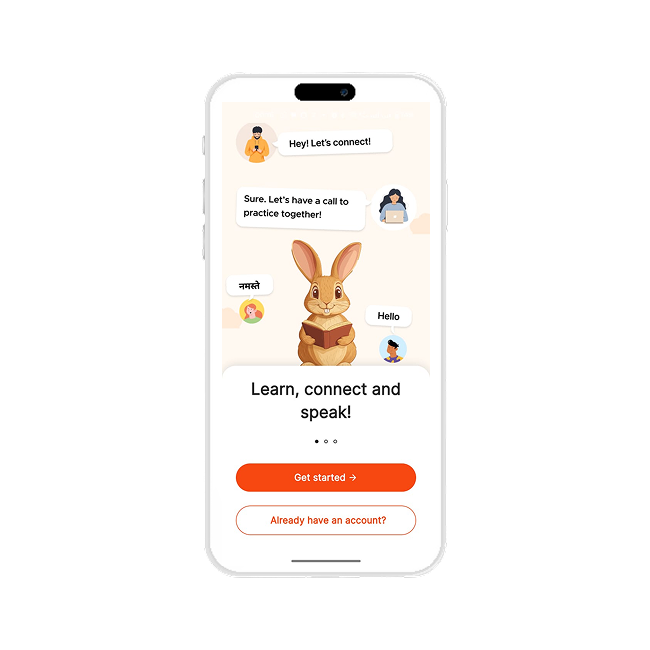Rhyming words add a lyrical charm to the English language. They help create patterns and rhythms that make communication more engaging and enjoyable. From children’s nursery rhymes to complex poetic compositions, rhyming is a universal tool that transcends age and purpose.
This guide will explore the concept of rhyming words in-depth, discussing their types, importance, and practical applications. We will provide numerous examples to solidify your understanding, offer a worksheet for practice, and address common FAQs. Whether you’re a parent teaching your child, a student learning English, or a writer looking to refine your craft, this guide is designed to meet your needs.
What Are Rhyming Words?
Rhyming words are two or more words that have the same or similar ending sounds. They are typically found at the end of lines in poetry or songs to create rhythm and harmony. However, they also appear in prose and everyday speech, often adding emphasis or a playful touch.
Key Features of Rhyming Words:
- Sound Similarity: The rhyme is based on sound, not spelling. For instance, “blue” and “shoe” rhyme, but “rough” and “though” do not.
- Position in a Sentence: Rhyming words often occur at the end of lines in poems but can also appear within sentences for internal rhyme.
Quick Test:
Say these words aloud: bright, night, fight, light. Notice how they sound the same at the end? That’s the essence of rhyming words.
By understanding these features, you’ll not only recognize rhymes but also create them effectively.
Why Are Rhyming Words Important?
1. Improved Reading Skills
Rhyming is an essential tool in phonics, which helps learners understand the relationship between letters and sounds. For children, recognizing rhyming patterns boosts their ability to decode unfamiliar words, enhancing their reading fluency.
2. Better Pronunciation
When practicing rhymes, learners must articulate sounds clearly, leading to improved pronunciation. For example, practicing rhyming pairs like man and can highlights the short vowel sound “a,” ensuring correct articulation.
3. Creative Writing
Rhyming adds a unique dimension to creative writing. Whether you’re writing a love poem or a jingle, rhymes enhance the rhythm and make the piece more engaging.
4. Memory Enhancement
The repetitive nature of rhymes makes them easier to remember. This is why mnemonics and slogans often rely on rhymes. For instance, “Red sky at night, shepherd’s delight” is easy to recall due to its rhyme.
By understanding these benefits, learners can incorporate rhymes into their daily language practice, making learning enjoyable and effective.
Types of Rhymes
Rhymes can vary in their degree of similarity and how they are used. Understanding the different types will deepen your appreciation for the versatility of rhyming words.
1. Perfect Rhymes
These are words that share identical sounds in their final syllables.
- Example: Wall and call, go and snow.
- Use: Perfect rhymes are common in formal poetry, where structure and precision are crucial.
2. Slant Rhymes (Near Rhymes)
These occur when words have similar but not identical sounds.
- Example: Eyes and light, worm and warm.
- Use: Slant rhymes are popular in modern poetry and music for a more flexible and conversational tone.
3. Identical Rhymes
These are words that are spelled and pronounced the same but may have different meanings.
- Example: Bear (the animal) and bear (to carry).
- Use: Identical rhymes are used for playful effects or to emphasize meaning.
4. Multisyllabic Rhymes
These involve words with multiple syllables that rhyme.
- Example: Clever and never, condition and mission.
- Use: Multisyllabic rhymes are often seen in rap lyrics and witty poetry.
How to Identify Rhyming Words
Step 1: Listen for the Ending Sound
The easiest way to spot a rhyme is to listen for matching ending sounds. For example, when you hear the words bat and cat, you can instantly identify the rhyme.
Step 2: Focus on Vowels and Following Consonants
Rhyming depends on the vowel sound and the consonants that come after it. Words like car and bar rhyme because of the identical “-ar” sound.
Step 3: Practice with Word Families
A word family is a group of words with the same ending sound. For instance:
- -at family: bat, cat, hat, mat.
- -ing family: sing, ring, king, bring.
Step 4: Use Rhyming Dictionaries
Online tools like rhyme generators and rhyming dictionaries are great for finding rhyming words when you’re stuck. Just enter a word, and they’ll suggest dozens of rhymes!

Examples of Rhyming Words
Here’s an extensive list of rhyming words for practice:
Single-Syllable Rhymes:
- Ball and tall
- Rain and pain
- Book and look
Two-Syllable Rhymes:
- River and giver
- Teacher and preacher
- Happy and snappy
Three-Syllable Rhymes:
- Beautiful and dutiful
- Wonderfully and cheerfully
- Important and relevant
Rhyming Sentences:
- The sun went down, painting the town.
- She wore a gown, feeling like a crown.
- He played a tune, under the moon.
Rhyming Words in Poems and Songs
Rhyming words are central to poetry and songs, as they create rhythm and enhance the listening experience.
Example Poem:
Twinkle, Twinkle, Little Star
Twinkle, twinkle, little star,
How I wonder what you are.
Up above the world so high,
Like a diamond in the sky.
Notice how star and are, high and sky rhyme perfectly, giving the poem its soothing rhythm.
Example Song Lyric:
“Let it go, let it go,
Can’t hold it back anymore.”
The repetition of rhymes in the song creates a catchy and memorable tune.
Rhyming Words and Their Impact on Creative Writing
Enhancing Rhythm
Rhymes introduce a predictable pattern, which can make any writing more musical. Poems often use rhyming couplets, where two consecutive lines rhyme.
Building Mood
Depending on the choice of rhymes, a writer can set a playful, romantic, or somber tone. For instance:
- Playful: “The mouse ran out of the house.”
- Somber: “The night grew cold, the story untold.”
Making Writing Memorable
Rhymes are easier to remember, which is why they’re widely used in advertising and slogans. For example, “An apple a day keeps the doctor away.”
Worksheet on Rhyming Words
Part 1: Rhyming Pairs
Match the words in Column A to their rhyming words in Column B.
| Column A | Column B |
| 1. Hill | A. Cake |
| 2. Bake | B. Bill |
| 3. Star | C. Car |
| 4. Sing | D. Ring |
Part 2: Fill in the Blanks
- The moon shines so _____________.
- She danced with all her _____________.
- The kids love to _____________ in the park.
- The dog sat on a soft _____________.
Answers:
- Bright
- Might
- Play
- Mat
Conclusion
Rhyming words are more than just playful sounds—they’re tools that enhance language learning, creativity, and memory. Whether you’re writing poetry, teaching children, or improving your English skills, rhymes can make the process more enjoyable and effective.
Start practicing today, and let the power of rhymes transform your language skills!
You can also try one of our Official Application ENGLISHBHASHI available in Play Store with which you can refine your English Skills we assure you that you will be able to speak English much better in just 30 Days.
Share this post with your friends and family who are eager to enhance their English skills. Let’s inspire and empower each other on this incredible language-learning path. Together, we can achieve greatness! So, what are you waiting for? Visit EnglishBhashi today and embark on an exciting adventure of language learning.
Frequently Asked Questions (FAQs)
What are rhyming words?
Rhyming words are words that have similar or identical ending sounds, like "cat" and "hat" or "blue" and "true."
Why are rhyming words important in language?
Rhyming words make language fun and engaging, often used in poetry, songs, and learning activities to enhance memory and rhythm.
How can I teach rhyming words to kids?
Use fun activities like rhyming games, nursery rhymes, and matching word pairs to help kids understand and enjoy rhyming.
What are some examples of rhyming word pairs?
Examples include "sky" and "high," "light" and "bright," and "fun" and "run."
Can rhyming words help improve vocabulary?
Yes! Learning rhyming words can introduce new vocabulary and improve phonetic awareness, especially for young learners.


